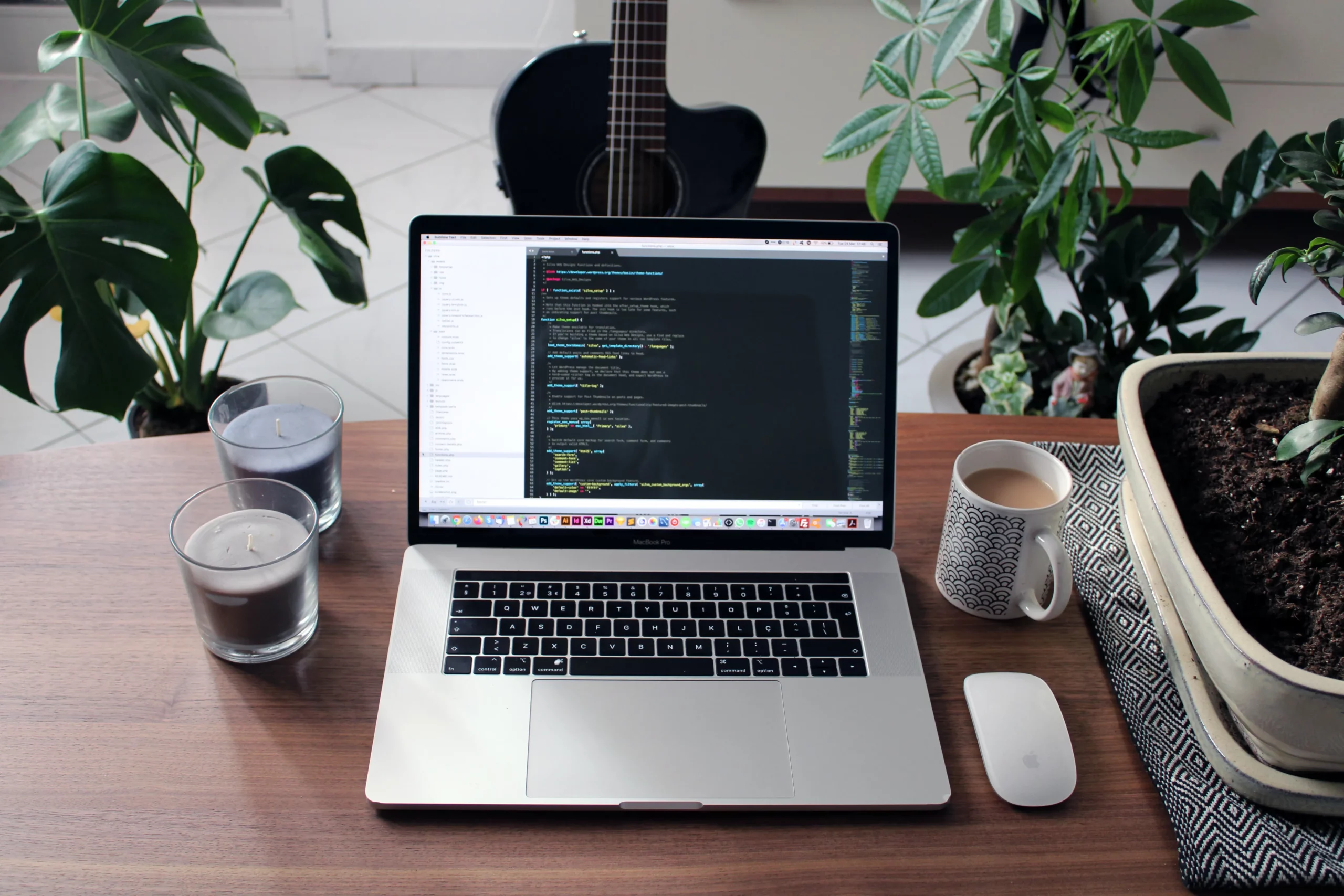What is a website layout?


What makes a website layout correct? Firstly, the code must be error-free, adaptable for all devices, and properly displayed across various browsers. The web page layout is intricately connected to design, where the layout designer’s goal is to translate the design team’s concepts into reality. However, achieving accurate website layouts requires extensive knowledge and skills, particularly in understanding code structures and meticulously validating layout integrity. Even the slightest oversights can occasionally cause a web solution to malfunction.
In this article, we will discuss the components of a layout, its types, and the tools involved.
The layout designer’s initial task is to translate the prototype into code that faithfully reflects the designer’s vision. Website layout operates on a publishing principle, akin to organizing graphic materials and text in a reader-friendly manner, as seen in newspapers, scientific articles, or art books. Two types of website developers handle this process: frontend (directly involving HTML-based layout for any solution) and backend (managing the internal platform functionality).
HTML is instrumental in grouping pages with their content in a specified order, achieved by placing and describing tags. There are two primary types of layouts: tabular and block layouts. A tabular layout, composed of cells, is infrequently used due to its weightiness. While it’s essential for emails, its extended load times and unattractiveness to search robots have diminished its modern use.
Block layout, exemplified by the <div> tag, is commonly cited to explain how website layouts function. Developers use this tag to create containers containing content related to a specific block or page. These containers can represent various blocks on a platform, each encompassing a <div> tag. Other tags linked to different system elements are nested within this tag.
Determining if your layout is correctly organized involves several crucial indicators:

Ensuring top-notch quality in your layout work involves paying attention to certain nuances.
Understanding layout specifics.
It’s crucial to have a profound understanding of layout specifics and assess whether designers’ ideas can be effectively realized through it.
Browser-specific standards.
Different browsers like Mozilla Firefox, Opera, Chrome, and Explorer may display layout elements differently. It’s essential to consider these variations while working to ensure a consistent experience across platforms.
Element adaptability.
Pay attention to the adaptability of elements for correct page display across diverse users. Consider how fonts and animations are utilized to enhance the user experience.
Tools for layout design.
Tools used by layout designers can be broadly categorized into those for working with images and text, as well as hybrid tools for block building and manual code editing. Common tools for visual content include Gimp, Adobe Photoshop, and Krita, while for code, tools like Adobe Dreamweaver, CSS3 Generator, and Notepad++ are popular. Testing tools such as IETester, Markup Validator, and CrossBrowserTesting are also valuable.
In conclusion, we hope this article has effectively addressed how to approach website layout and provided insights into the key indicators of a correct layout. If you’re seeking specialists for website layout, feel free to reach out to our company using the contact form below.